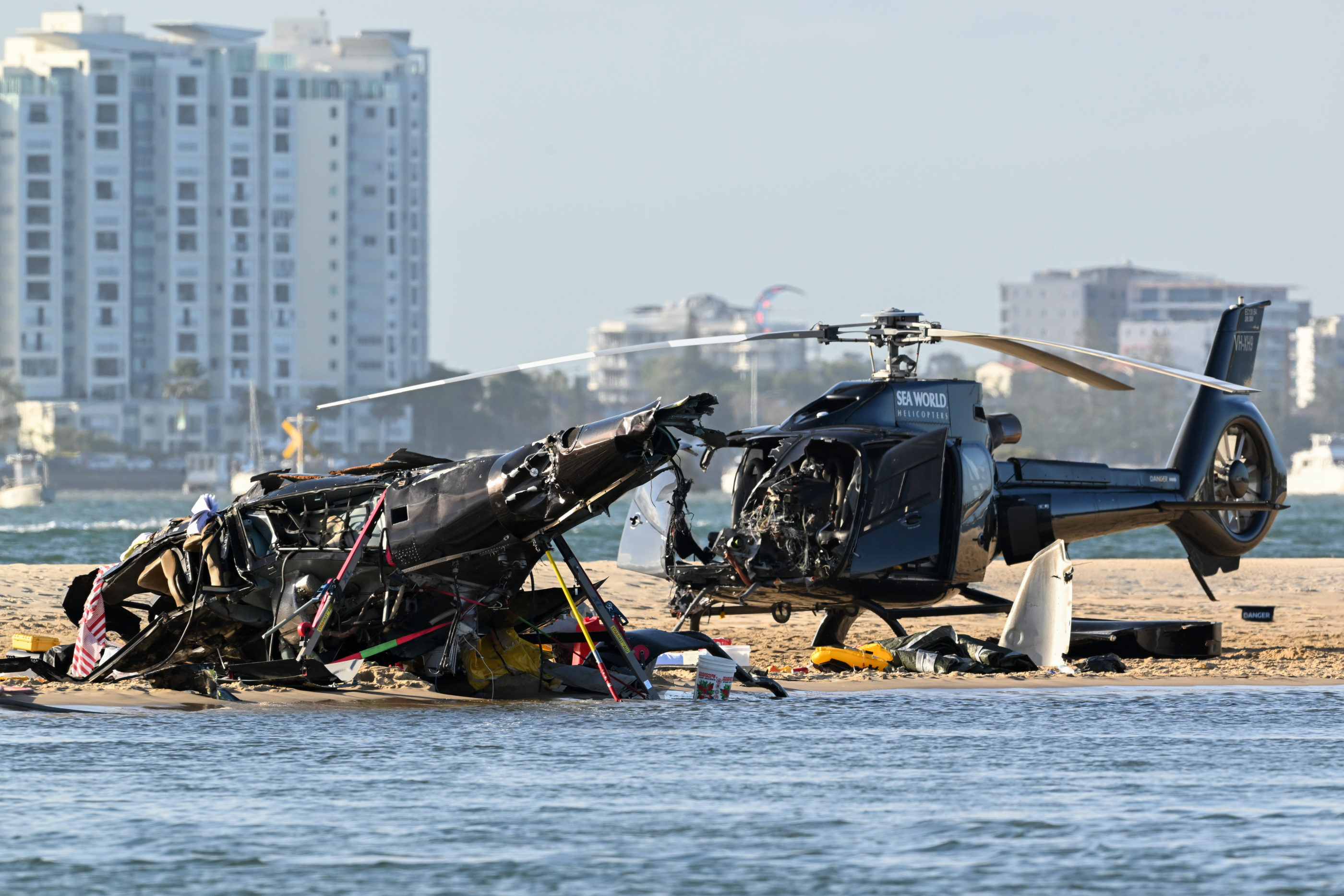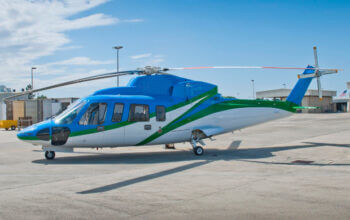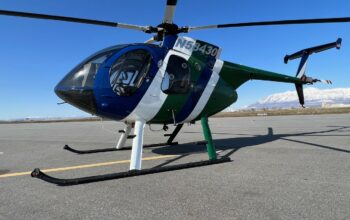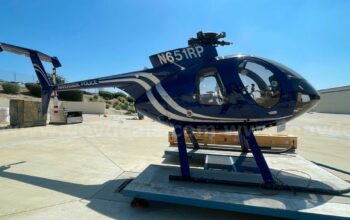The mid-air collision of two helicopters that killed four people near Australia’s Gold Coast took place just seconds after one of the aircraft took off, with one of the aircraft performing an emergency landing described as “remarkable” by accident investigators, given the severity of the damage it had sustained.
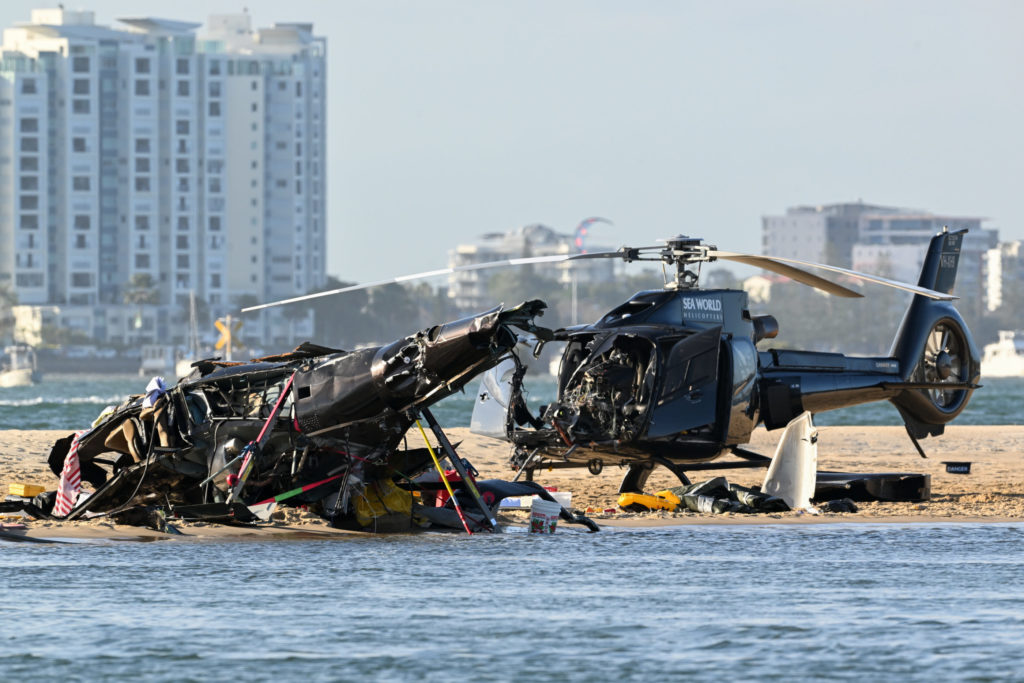
The crash took place in the early afternoon on Jan. 2 near the Sea World theme park, and involved two Airbus EC130 B4s operated by Seaworld Helicopters performing tourist flights. The incident happened less than 500 feet above ground level, with the departing aircraft’s main rotor blades striking the cockpit of the other, which was coming in to land.
The departing aircraft lost its main rotor blades and gearbox in the collision and crashed into a sandbar in the water below, coming to a rest upside down in the sand.
The four who died — including the pilot (identified by local media as experienced 40-year-old pilot Ashley Jenkinson) and three passengers (identified as British couple Ron and Diane Hughes and Vanessa Tadros) — were travelling in the aircraft that had just departed Seaworld Helipad. The aircraft’s three other passengers were seriously injured.
The arriving aircraft was able to perform an emergency landing on the same sandbar as the other aircraft, with six people on board. Images of the crash scene showed the extent of the damage to the surviving aircraft, which had lost its nose and windshield, with avionics dangling out of the front.
“The presence of mind to be able to land that helicopter, particularly considering the damage that we know has occurred on that front left hand seat of the helicopter, it does appear to be a remarkable job to have got it down,” Australian Transport Safety Bureau (ATSB) chief commissioner Angus Mitchell told reporters at the scene. “We are very fortunate that we are not standing here with far more deaths.”
He said the ATSB would now work to gather all the intelligence and evidence it could, including eyewitness reports and video footage, to put together what had happened and why.
“We know the takeoff and landing phases of any aircraft operations are critical phases of flight where the cognitive workload of pilots are at their greatest,” said Mitchell. “What we do need to know now is what was occurring inside those two cockpits at the time. We do have multiple accounts from witnesses and video, but equally we’ll get what we can from those two helicopters to try to get a better picture of what was occurring, but equally what were the processes in place that were designed to protect the helicopters in this situation.”
He referenced it being a busy time of year for the operation, with helicopters “in and out of that Sea World Helipad constantly throughout the day.”
Investigators took what information they could from the crash scene before removing the wreckages of the helicopters before the rising tide covered the sandbank





